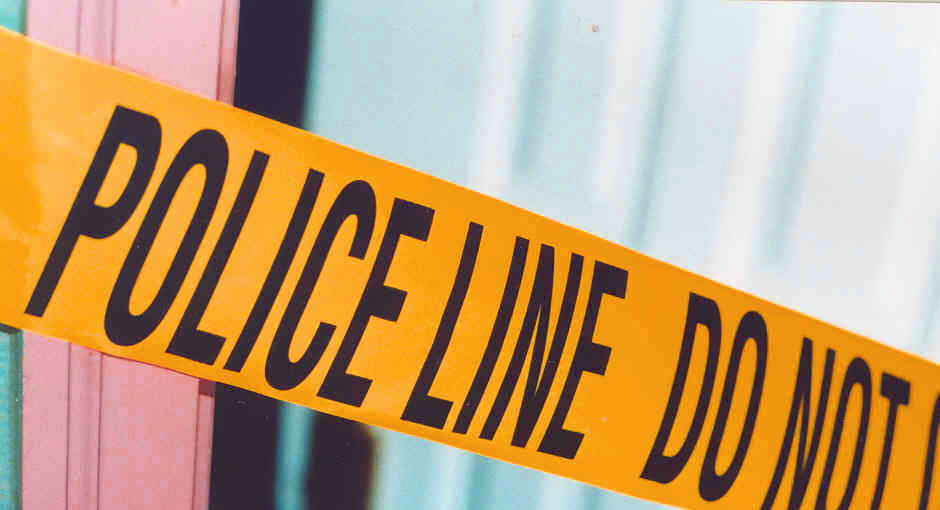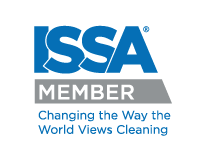Improper Crime Scene Cleanup Poses Hidden Dangers to the Public

Unfortunately, violent crimes can occur in areas where the public commonly travels, relaxes, plays and lives. For the many people affected by tragic events, like the basketball court shooting in Chicago or the tragedy at the Washington Navy Yard, life will never be the same. Returning the area back to the way it looked prior to the tragic event is an important part of the healing process. Just as critical is ensuring that proper crime scene cleanup procedures have been followed to protect the public from the hidden dangers of bloodborne pathogens.
There have been 36 mass shootings since 2000 that resulted in:
- 309 deaths
- 233 injuries
What remains at the scene of a tragedy is often less prevalent in the minds of the public, for understandable reasons. However, it can be a continual risk to others if the crime scene cleanup is not properly tended to. The biological hazards left behind can be a substantial risk to the health of others who encounter the scene of the crime, even long after the tragedy has passed. Crimes that involve bloodshed leave the potential for the public to be exposed to a number of dangerous bloodborne pathogens.
1 out of every 24 people in the US has Hepatitis B, Hepatitis C or HIV.
Number of cases in the US:
- HIV: 1.1 million
- Hepatitis B: 1.4 million
- Hepatitis C: 3.9 million
- MRSA: 1.6 million
When an incident occurs outdoors, there is an incorrect tendency to believe that one can simply “hose off the blood” – out of sight, out of mind. But cleaning an area after a violent crime with water alone will not rid the area of potential harmful blood borne pathogens. Even pouring bleach on biohazards is not sufficient to decontaminate the affected area. The right cleaning agents and equipment are needed for blood cleanup in order to bring the area back to a state that is safe for the public and clear of harmful bacteria and diseases.
Many bloodborne pathogens can live for extended amounts of time.
- HIV: 4 weeks
- Hepatitis B: 7 days
- MRSA: Several Months
- Hepatitis C: 4 days
There are proper disinfecting methods for responding to exposures to biological materials, such as bodily fluids, in order to rid the area of potential infectious diseases. For example:
- Broad-spectrum disinfectant is used to disinfect biological and microbial pathogens, including HIV, MERSA, VRE, HBV, and HCV.
- All blood must be cleaned thoroughly before applying the disinfectant.
- A surface must be left wet with the disinfectant for 30 seconds for HIV-1 and 10 full minutes for hepatitis; for best results, disinfectants must dwell for at least 10 minutes and dry fully before additional or other chemical applications.
The cleaning of a crime scene takes on two meanings: First, it starts the process of getting back to a normal routine and restoring peace of mind to those who utilize the public space where a crime occurred. The other important aspect of the cleanup is protecting the people in or around the area where the tragic event took place, and helping to make sure no one is at risk in the future. In a public park or area where children play, it’s critical to guarantee peace of mind.
 877-872-4339
877-872-4339  Contact Us
Contact Us 






